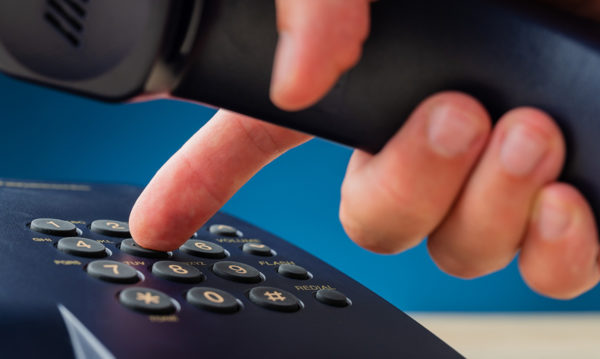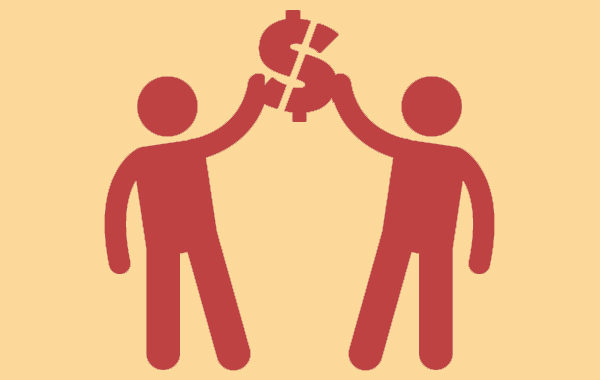We’re doing a series of short posts called Mastermind Lessons.
The Fundraising Mastermind is transformational consulting for nonprofits that we do with Chris Davenport of Movie Mondays and The Nonprofit Storytelling Conference.
Today’s post is the third top-level lesson we’ve found that every organization in the Mastermind needs to learn…
Most Organizations Under-Invest in Planned Giving Because They Don’t Understand the Potential Windfall
For most nonprofit leaders, “Planned Giving” is a bit of a black box:
Your organization has some donors . . .
. . . you get some legacy gifts . . .
but you don’t really know how many legacy gifts you’ll receive or how large they will be.
Because leaders don’t really understand how planned giving works, they are loath to invest real money in it.
So they work on next month’s event, and then the appeal after that, and then the website needs to be updated… you get it.
Planned giving becomes an afterthought. Or underfunded. Or not thought about at all.
Here’s What to Show Your Boss
What I’m about to share comes directly from this blog post by Jeff Brooks at Moceanic. When I read it, I immediately added it to my toolkit of information to help nonprofits with. It’s powerful.
The formula to calculate your future planned giving income is:
It’s A x B x C = D.
A = The number of your donors who have given 2 or more gifts, and at least one of those gifts was made in the last 18 months.
B = Your successful pledge rate. This is the big variable, the number you can change by what you do or not do. It most likely is somewhere between 0.01% and 5%.
C = Your average bequest. For US charities, it’s around $35,000. If you don’t know your average, this is a good number to use.
Multiply those three numbers, and you’ll have the value of future bequests to your organization.
Let’s play it out with these assumptions. You can adjust these to your realities:
Here’s how it looks for an organization that has no bequest program or does almost nothing to cultivate bequests:
A = 10,000 donors who’ve given 2 or more gifts, and their last gift was within the last 18 months
B = 0.01% successful pledge rate (very low because you aren’t actively seeking bequests)
C = $35,000
D = $350,000 in future bequest income
Ok. Not bad for doing nothing. And a lot of charities skate along like that, seeing that $350,000 as a kind of random windfall. They’re happy with it. They’d be a little less happy if they thought about the opportunity cost they’re paying for doing nothing!
Here’s what it looks like for an organization that has a not-terribly-effective bequest program. They’re consistently doing something to encourage bequests, just not the most they could:
A = 10,000 donors (that meet the criteria I’ve listed above)
B = 1% successful pledge rate
C = $35,000
D = $3.5 million in future bequest income
The difference between $350,000 and $3.5 million is a big difference, no?
Two Big Lessons
There are two big lessons I’d love for your organization to take away from this.
First, the average value of bequests is really high. So you can (and should!) invest real time and money into landing legacy gifts. That can meaning hiring a Bequest Manager or a Planned Giving Officer. It can mean sending out mailings that are only about planned giving (instead of just mentioning planned giving in some other mailing or email).
Second, it’s just math. Calculate how much money your organization is projected to be receiving based on today’s numbers, and how much money you could be receiving if your organization ups its game. Then show your boss.
I did that for two “Bosses” last week, and it changed how both of them think about investing in planned giving.
It will take time to get great at identifying prospects and then landing legacy gifts. But it’s worth your time and investment!





